SIM from spec to execution: Sites are like snowflakes — no two are alike
8 considerations to plan and install today’s snow- and ice-melt solutions.

In addition to alleviating liability concerns, hydronic snow and ice-melt systems are a convenient and effective way to reduce the mechanical labor and cost of snow removal. Image courtesy of MediaProduction / E+ / Getty Images.

In addition to alleviating liability concerns, hydronic snow and ice-melt systems are a convenient and effective way to reduce the mechanical labor and cost of snow removal. Image courtesy of MediaProduction / E+ / Getty Images.
Hydronic snow and ice-melting (SIM) systems have gained in popularity during the last 50 years as an efficient means of making outdoor surfaces safe for walking and driving. In addition to alleviating liability concerns, SIM systems are a convenient and effective way to reduce the mechanical labor and cost of snow removal. They mitigate the damage plows cause to landscapes and hardscapes, the impact of salt or chemicals on interiors and pavement, and the inconvenience of snow piles in parking areas.
From the latest technological innovations to planning tips, this article will review the eight most crucial elements contractors and engineers should consider when specifying hydronic SIM solutions.
Create a SIM checklist
Once an engineer marks the SIM area into a plan, the following checklist of considerations should be discussed with the SIM manufacturer’s engineering and sales team to help create the best system for the task at hand.
No. 1: What is the expectation of the building or facility manager for the performance of the SIM system
SIM systems are performance-based, using specialized LoopCAD design software combined with ASHRAE snowfall data to meet the client’s expectations and needs. For example, the surface of a hospital helipad can’t have any snow or ice accumulation, so the SIM system will be planned to accommodate 99% of all snow and ice storms historically. In contrast, a residential driveway surface can allow for some accumulation and would perform in a range to cover 90% of all storms historically. It’s important to ask up-front what the expectations are so that the system can be designed appropriately. The needs of the facility determine the required energy output and performance of the underlying system that will be required. Cost may also determine performance since energy costs are rising, as are the costs for system components and construction.
Depending on the underlying material and expectations, it may not be achievable to melt 99% of all possible snowfalls. If you have a runway in Fairbanks, Alaska, and the client says there can never be a snowflake on the slab, it wouldn't be a good idea to agree to that. Those operating and managing the system need to understand how it works and that it doesn’t melt snow or ice instantly. It’s important for facility managers to be part of the conversation and design since they need to understand the variables prior to execution.
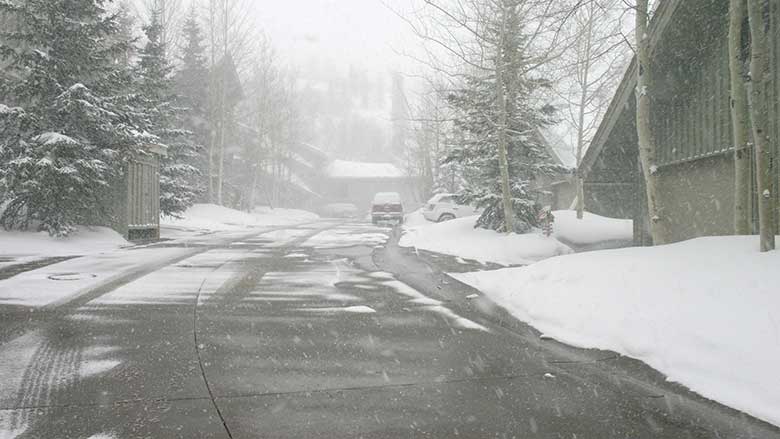
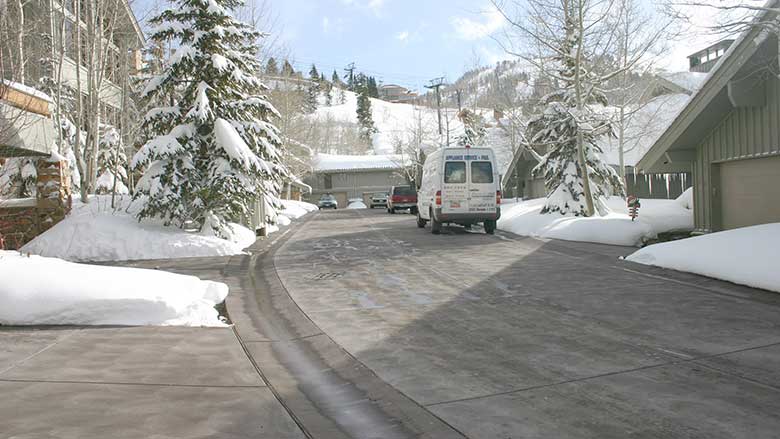
No. 2: How to play zone defense and adjust for the conditions
Breaking down a site into zones requires an understanding of the site’s purpose as well as geographic conditions. A well-zoned design will save energy and perform more efficiently. For instance, you may want different zones for heating the main entryway that must remain clear at all times versus garden paths. You may also need to account for the impact of shade and sun on heating needs throughout the day. Engineering teams at the hydronic system’s manufacturer typically use LoopCAD to design the most efficient system based on geography, performance and other factors.
A common and potentially expensive oversight on projects is to feed too large of an area from a single location as it often becomes impractical or impossible to construct (see illustration below). There are design limitations regarding maximum pipe circuit lengths and manifold locations that must be adhered to for optimal performance, which is why zoning is a practical solution.
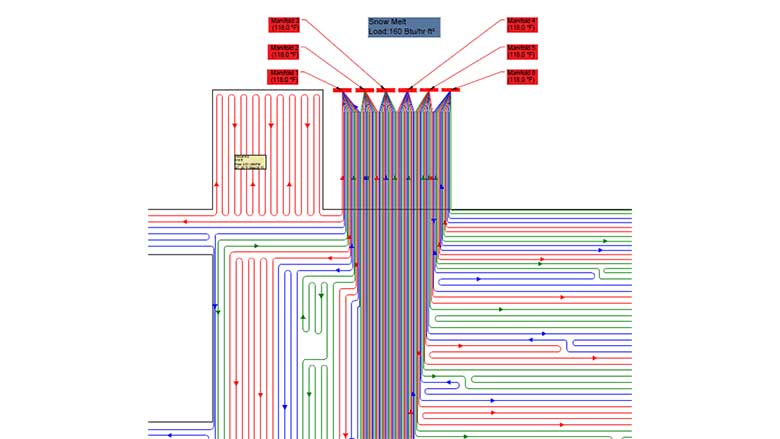
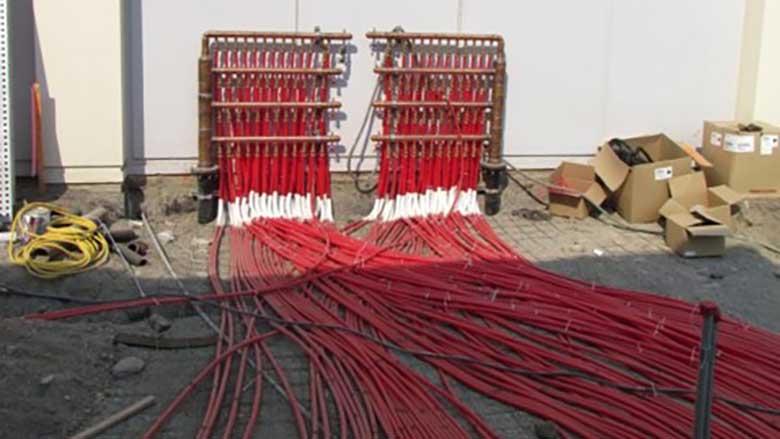
No. 3: When cost per square foot won’t cover every site consideration
Placement of manifolds is crucial to the operation of the system and can impact the look of the area — so planning ahead is important. This is one of the most often overlooked elements of snow-melt jobs. A SIM area is designated around a building and budgeted based on price per square foot; however, the cost of materials and labor to feed remote manifolds is not considered. Understanding manifold locations and the areas you are trying to heat is a very important early conversation that can have a significant impact on the budget.
In the case of SIM, square footage alone may not be the most important consideration. The area might be small in terms of square footage, but the geometry of the area has to be considered. In the illustration below, two manifolds along with buried insulated distribution pipe are required to melt snow on the stairway. The addition of the buried pipe and a second manifold will add about 30% to the pricing for this relatively small area, so this level of planning detail is important for budgeting prior to execution. Plans and budgets shouldn’t be based strictly on square footage without additional design details.
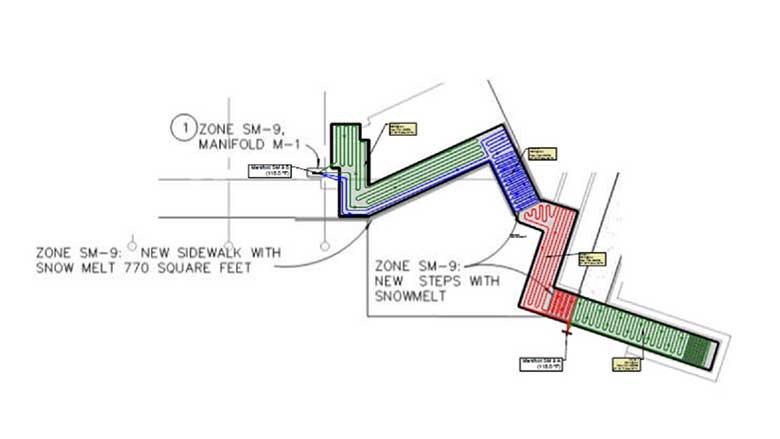
No. 4: What controls are best for the site as far as performance, cost and need
The days of having a snow melting system that flips on and runs continuously while the outside air temperature is at or below 32° F are no more. If you take the Washington D.C. area as an example, the temperature is 32° F or less for about 1,000 hours per year. Yet, it only snows for about 50 to 60 of those hours. Idling a SIM system would result in an excessive amount of wasted energy. The technology is advancing from basic snow sensors to predictive systems that stage the energy use to match the forecast — optimizing the ramp-up to heat the surface. These Wi-Fi-connected controls and sensors calculate the most efficient use of energy by anticipating forecasted storms. After the surface is clear, the system automatically shuts off, saving energy and extending the lifespan of all components.
On the other hand, if you have a ski resort with almost constant snowfall or let’s say a car wash with constant moisture, it may make sense to default to the less sophisticated approach where the system is constantly idling and in the “on” mode.
No. 5: Determining when insulation is needed
Insulation helps to save energy costs by reducing heat loss into the ground from the heated slab and may allow for quicker ramp-up of the system. There are applications and instances where insulation might not make sense, such as in a setting where the system is idling and is constantly on, or on a runway that has a 14-inch thick slab. When the slab is thick, pipe will be installed in the upper four inches so the concrete below ends up acting as insulation. However, in a more typical 4- to 5-inch slab, the pipe is sitting near cold ground and it needs insulation to keep the heat from escaping into the ground. In your typical walkway, sidewalk or entry, it makes a lot of sense from an energy standpoint to invest in insulation and avoid heat loss.
No. 6: Where the water goes and why drainage considerations are important
Planning trench drains and grading the surfaces is crucial to keep runoff water from freezing and causing icy patches. Site conditions, such as grading, are going to determine where moisture will gather and where drainage is necessary to channel moisture away during the melting process. Rain and melting snow both have to drain to preserve thoroughfares and maintain safety.
Rooftop snow-melting is rising in popularity as lifestyle and recreational amenities on rooftops are becoming more prevalent. Drainage is crucial in these circumstances, as moisture must not be allowed to accumulate on a roof due to safety on and below the structure, accessibility and potential for leaks into living areas.
No. 7: How to plan for the right surface and other details that are often missed
It’s important to understand the various installation considerations between asphalt, pavers, concrete and other materials used with hydronic SIM. These different installation methods require different fluid temperatures and influence the selection of system components. Performance characteristics of heated fluid in pipe embedded in a concrete slab requires 110° F as compared to 150° F in a sand bed under decorative pavers. For a site with both materials, a two-temperature system would be necessary.
Other details can make a big difference for the performance and longevity of the system. For example, anytime you're transitioning in and out of concrete with the pipe, we recommend PVC bend guides to protect the pipe from the abrasive or sharp edges of the concrete. SIM designers pay attention to all the details that can be missed, especially with expansion joints, sleeving and trench drains.
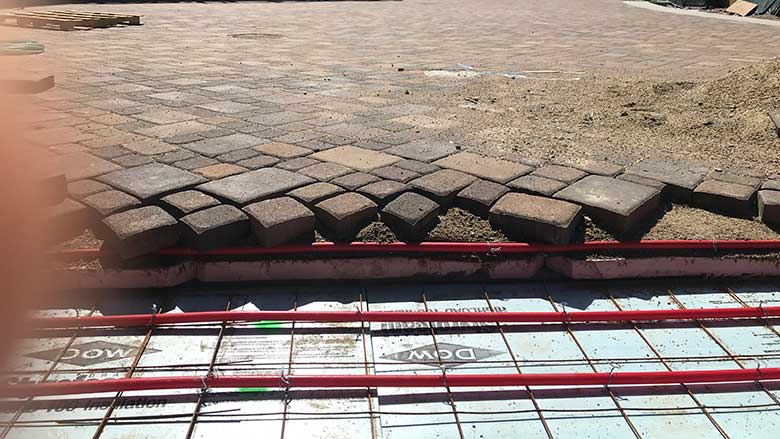
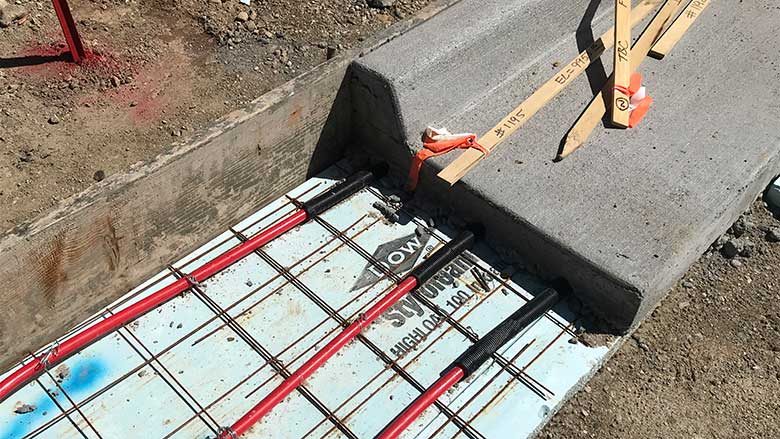
No. 8: When to consider architectural needs and aesthetics
After all the zones and mechanical functions are planned, it’s a good time to meet with the building and landscape architects to make sure the mechanical equipment does not disrupt the aesthetics of the project. SIM manufacturers know the ins and outs of cleverly hiding system components in plain sight — where they don’t detract from the design intention.
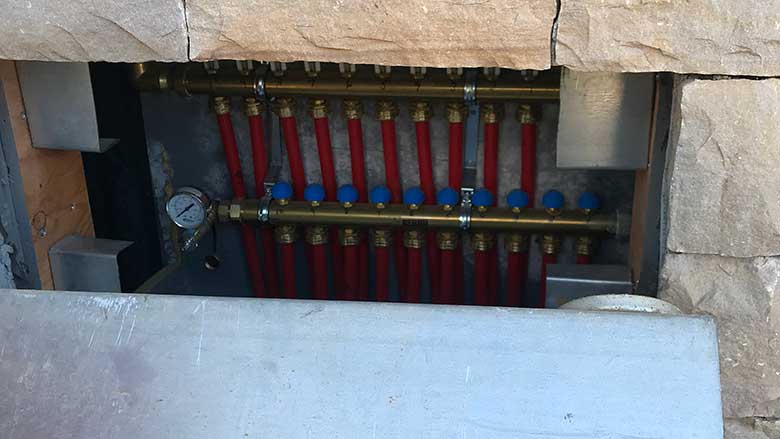
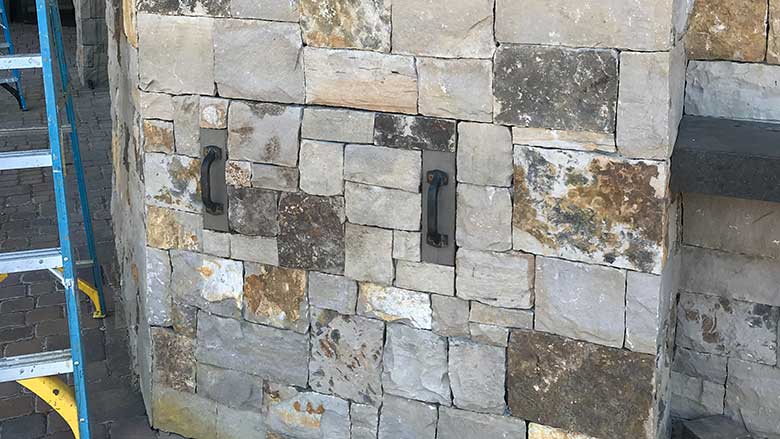
Listing all the considerations that we think about for SIM systems may seem daunting, but savvy engineers and contractors have these conversations in collaboration with their manufacturing partners. Engineers on the manufacturing side who work on both residential and commercial projects have experience with just about every site condition imaginable and can take the guesswork out of project planning, budgeting and problem-solving.
Photos courtesy of REHAU.
Looking for a reprint of this article?
From high-res PDFs to custom plaques, order your copy today!




